Phonics practice Normal Consonants Worksheets for Ages 5-8
5 filtered results
-
From - To
Discover engaging Phonics Practice Normal Consonants Worksheets designed specifically for children aged 5-8! These interactive worksheets help young learners master consonant sounds, essential for building their reading and writing skills. Each worksheet is packed with fun activities, including tracing, matching, and sound recognition exercises, making phonics learning enjoyable. Ideal for classroom settings or homeschooling, our resources cater to various learning styles, ensuring every child can thrive. With colorful illustrations and age-appropriate challenges, these worksheets boost confidence and foster a love for literacy. Start your child's phonics journey today and watch them progress as they explore the world of consonants!
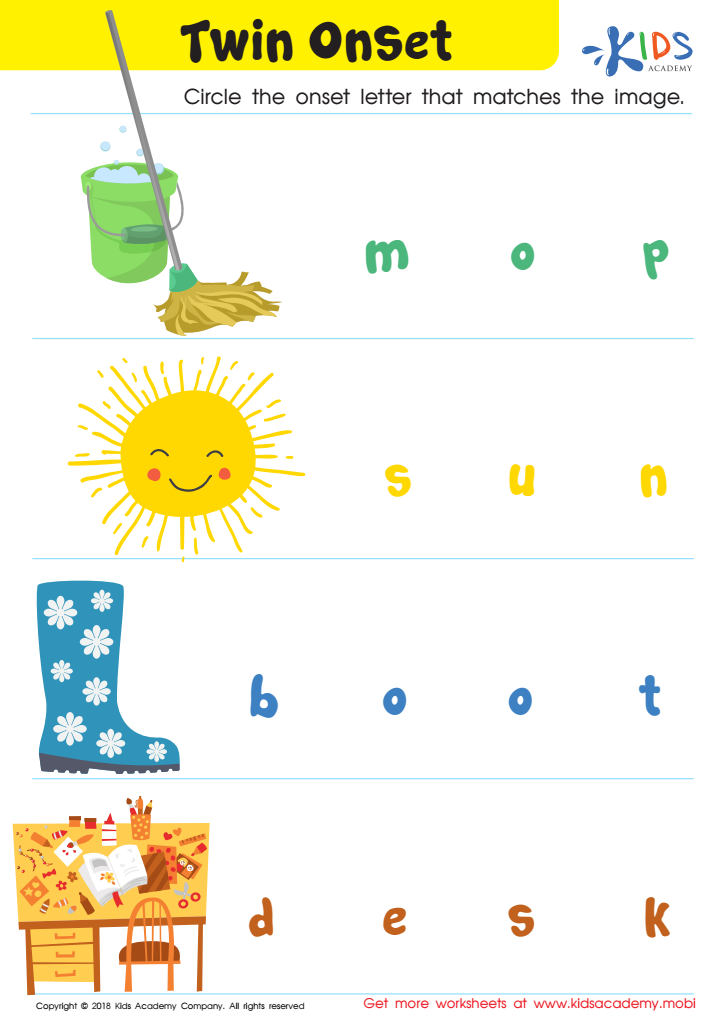

Twin Onset Worksheet
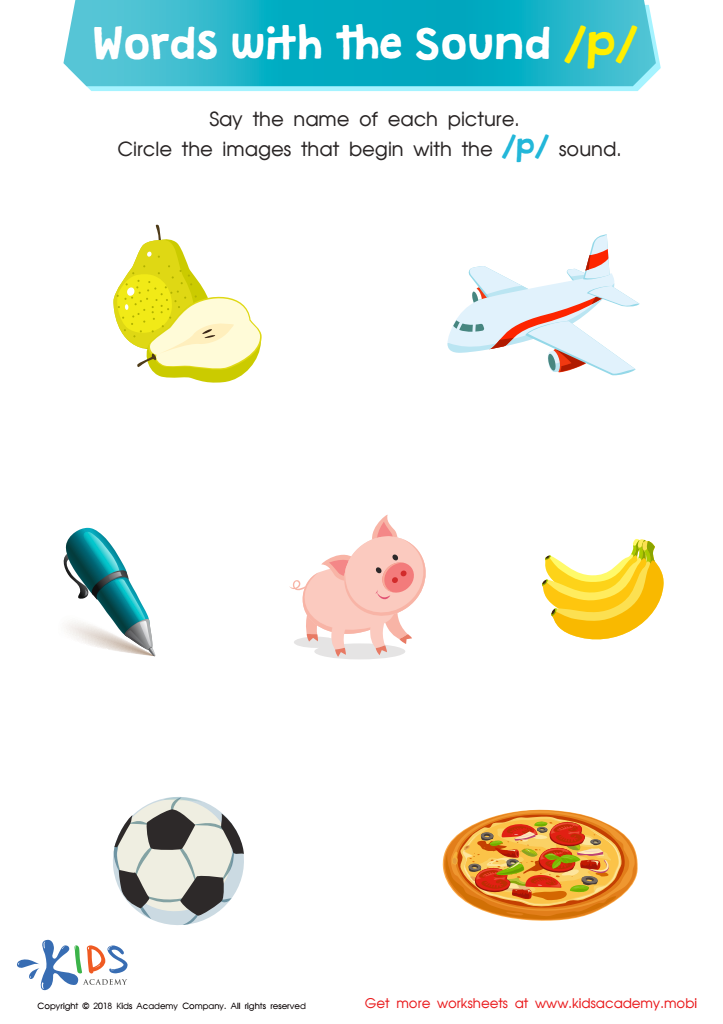

Words with sound p Reading Worksheet
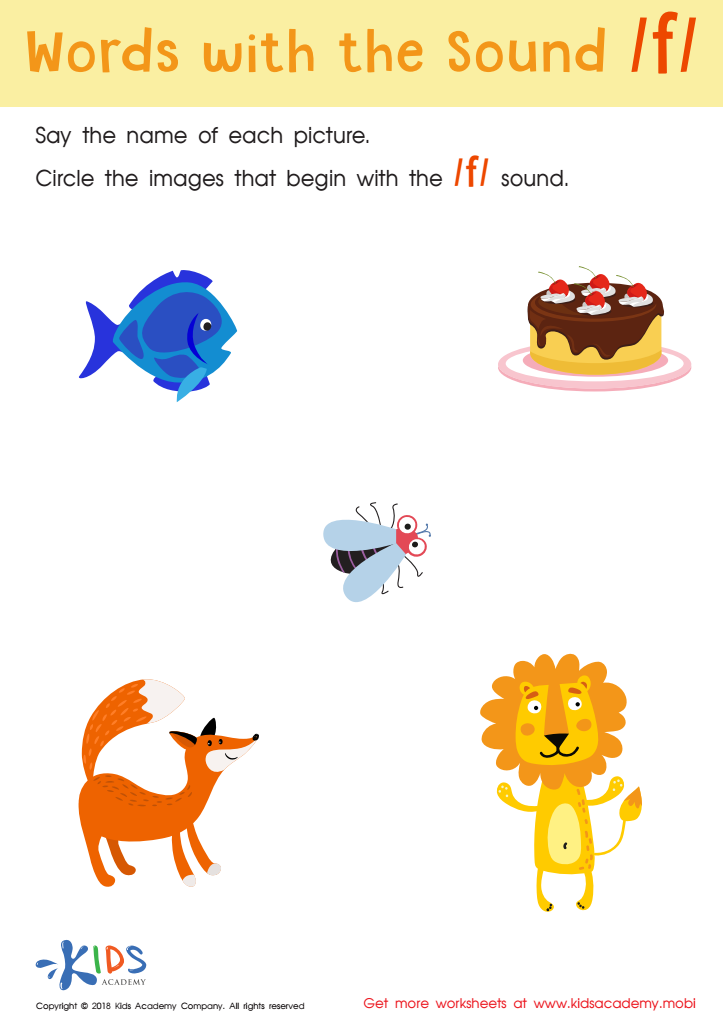

Words with sound f Reading Worksheet
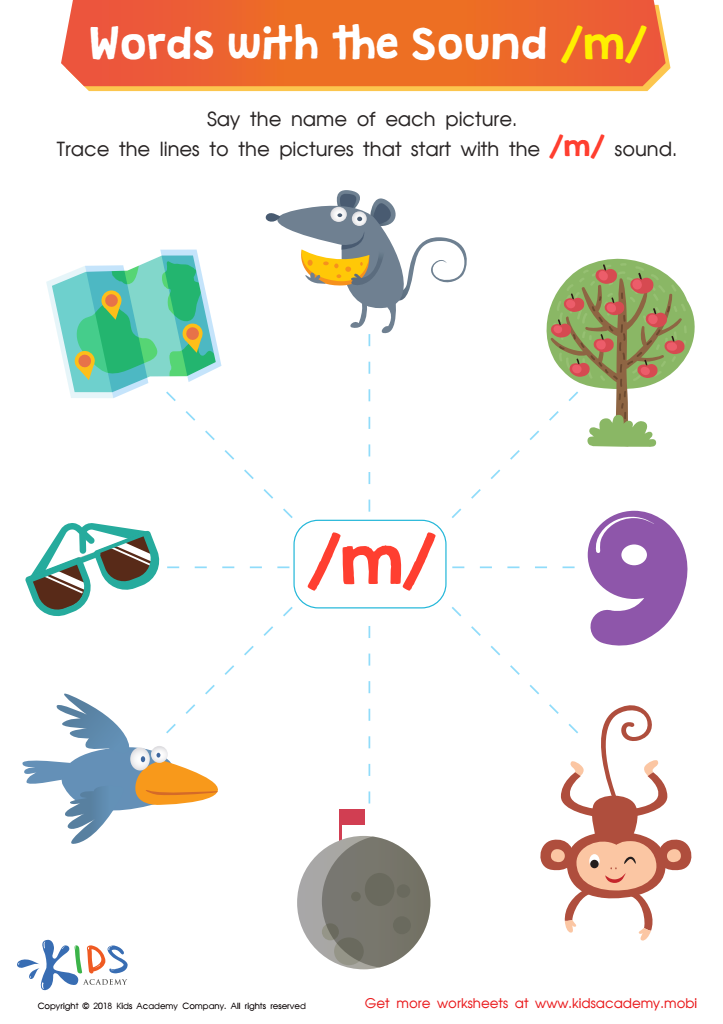

Words with Sound M Reading Worksheet
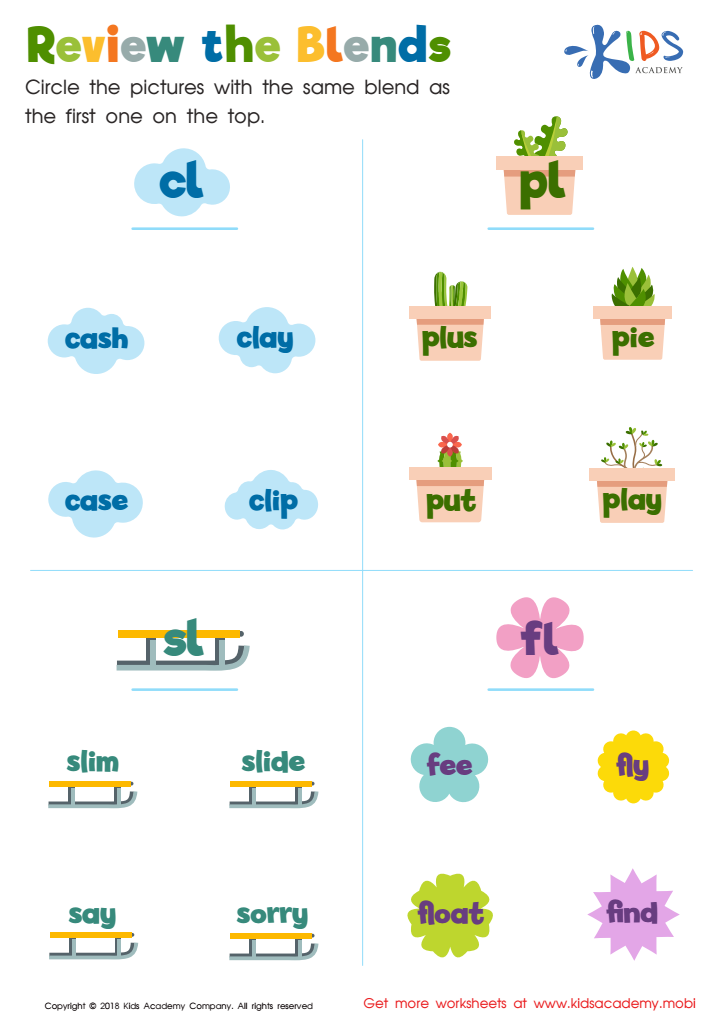

Review the Blends Worksheet
Phonics practice using normal consonants is crucial for children aged 5-8 as it lays the foundation for effective reading and writing skills. At this developmental stage, children are particularly receptive to phonetic instruction, which helps them understand the relationship between letters and sounds. By mastering normal consonants, children can begin to decode words more easily, facilitating their ability to read independently.
Effective phonics practice not only enhances literacy skills but also boosts children's confidence in their reading abilities. When they can sound out words, they are more likely to engage with texts, fostering a love for reading that can last a lifetime. Furthermore, phonics supports overall language development, assisting children in vocabulary acquisition and sentence structure comprehension.
For parents and teachers, prioritizing phonics practice means creating a supportive learning environment where children can thrive linguistically. Engaging children in fun, interactive phonics activities can promote learning in enjoyable ways, catering to diverse learning styles. Ultimately, strong phonics skills equip children with essential tools for academic success and lifelong learning, emphasizing the importance of parental and educator involvement in this critical developmental phase.
 Assign to My Students
Assign to My Students












